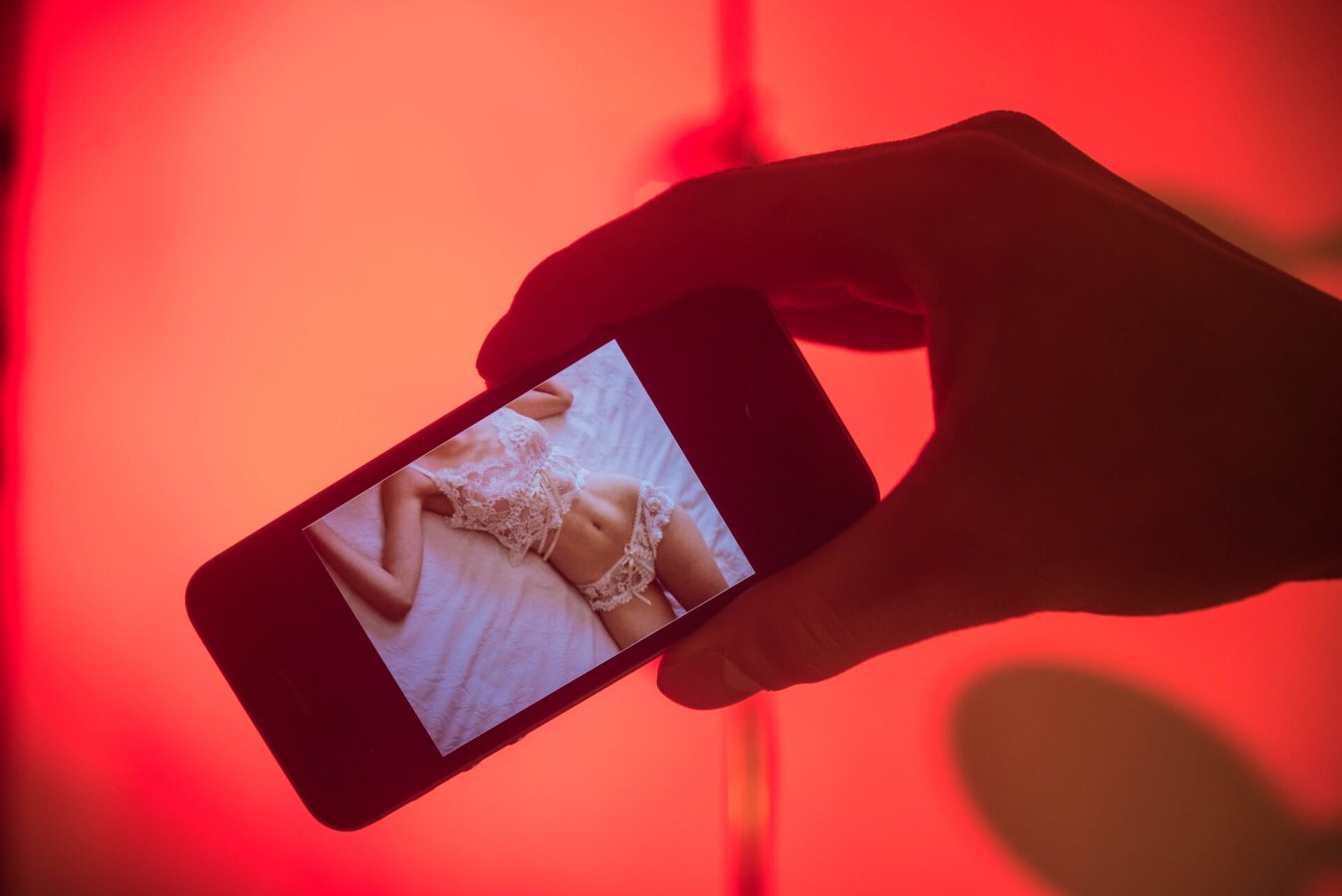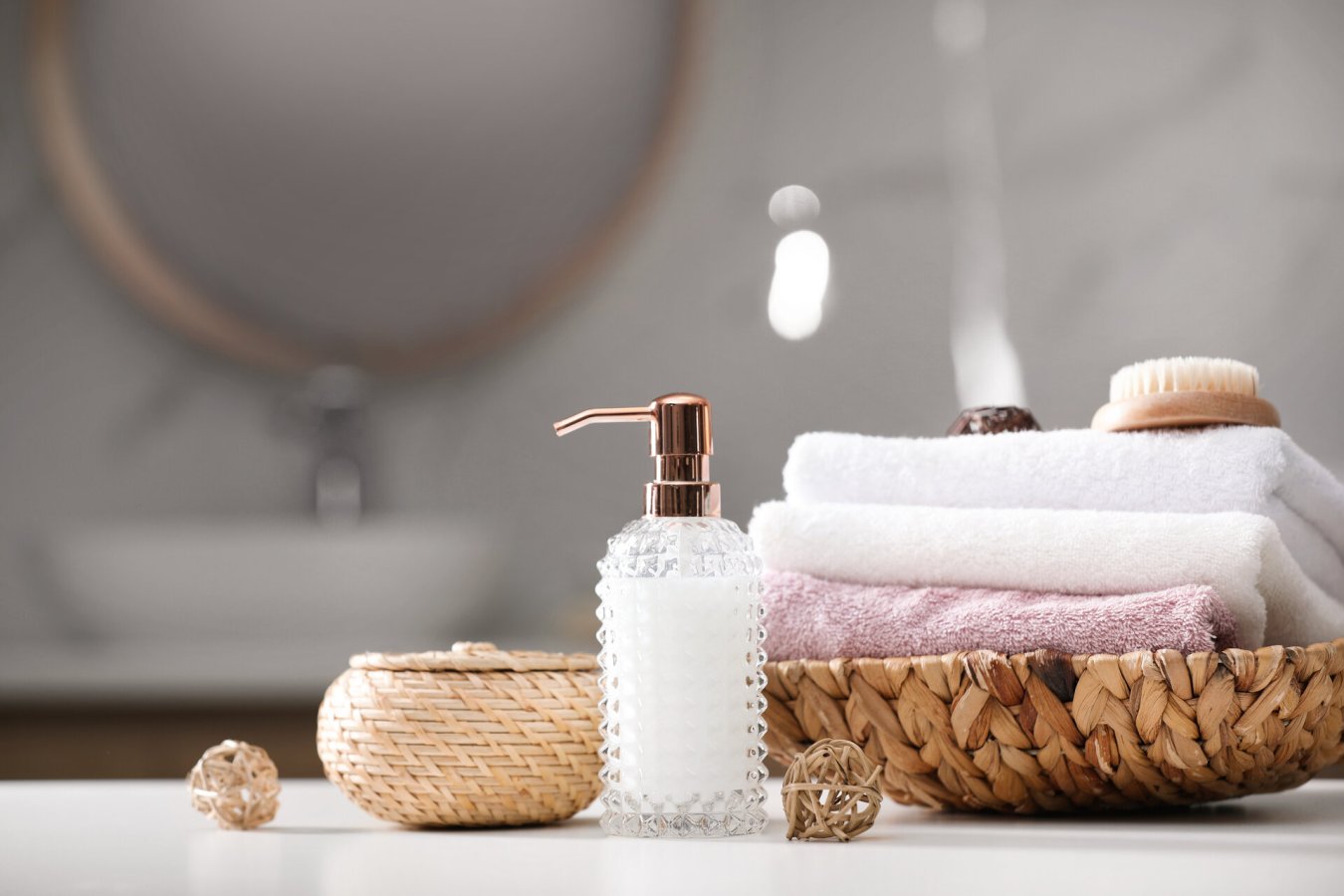The evolution of business attire has been a hot topic in workplaces for years, with even The New York Times declaring the end of traditional dress codes. Is a formal, conservative dress code still necessary to convey professionalism? Or have casual Fridays morphed into an everyday norm — and is that a positive shift? For large organizations, especially those with diverse roles and varying levels of public interaction, the implications of a dress code are complex. Should multiple dress codes be considered for different positions?
For HR leaders, creating workplace dress guidelines is challenging as it involves balancing brand image, employee comfort, productivity, and safety. Here’s a closer look at key insights from the evolution of business attire and what they might mean for your organization's dress code policies.
Business attire has deep roots in historical fashion trends, with the modern men's suit tracing back to the 17th century. By the Victorian era, two centuries later, the suit’s design had become more streamlined, and the somber colors now associated with formal businesswear were introduced. In the early 20th century, the rise of ready-to-wear suits gradually replaced the formal frock coat, leading to the modern business suit seen worldwide today. In contrast, women’s workplace attire began in the highly formal 19th century, characterized by high-necked blouses and full-length skirts. Over time, this formality softened, evolving alongside societal changes to include more casual blouses, shorter skirts, and eventually pants.
Overall, the 1970s saw a significant shift toward more relaxed dress codes for both men and women, with new fabrics, textures, and styles becoming popular. By the 1980s, casual days were introduced in some offices, and this trend toward casualization has accelerated ever since. Today, many workplaces have either eliminated formal dress codes or adopted much more relaxed standards.
Clarify Your Definition of Casual Dress
Employees often view a business casual environment as a valuable perk when considering employers, making it essential for companies to decide if a casual dress code fits their culture. If so, it’s crucial to clearly define what "casual" means. For example, while sandals may be acceptable in some settings, they could pose safety risks in others. For larger organizations, it’s important to specify when and where casual dress is appropriate. For instance, Bloomberg highlighted a financial services firm that allowed casual attire in the office but required formal dress when meeting clients. If your workforce has varied roles, it’s important to outline when casual dress is suitable, depending on tasks or client interactions. Once your dress code is established, ensure it’s clearly documented in the employee handbook. Some organizations even offer seasonal updates to guide employees on what’s appropriate at different times of the year. Your company culture plays a key role in determining what’s appropriate for office attire. For example, an investment bank will likely have a different dress code than a trendy tech startup. It’s essential to consider the expectations of the talent you want to attract, the culture you're aiming to build, and how customers perceive your team during interactions. Finding the right balance lies at the intersection of these expectations. Embracing casual dress in large organizations can help attract younger talent, like millennials, and offer employees a valued perk when suitable—without drastically altering your company culture. Many businesses maintain a positive cultural impact by clearly communicating that changes in dress code won’t affect service quality or professional standards.
Dress Codes Should Be Equitable
Recent controversies have shed light on problematic dress codes that unfairly targeted specific groups, such as detailed rules for women or references to mini-skirts and low necklines. CHROs must consider dress codes not only through the lens of professionalism but also legality and safety. When creating guidelines, it’s essential to ensure they are fair and equitable for all employees, regardless of gender, age, or other demographic factors. Clearly outline what is considered professional and appropriate for your workplace, while allowing employees the freedom to express themselves within those boundaries.
Business attire has evolved rapidly, and many workplaces have embraced a more casual approach in recent years. For HR leaders, the challenge is to balance modern employee expectations with the needs of customers, clients, and business partners.






